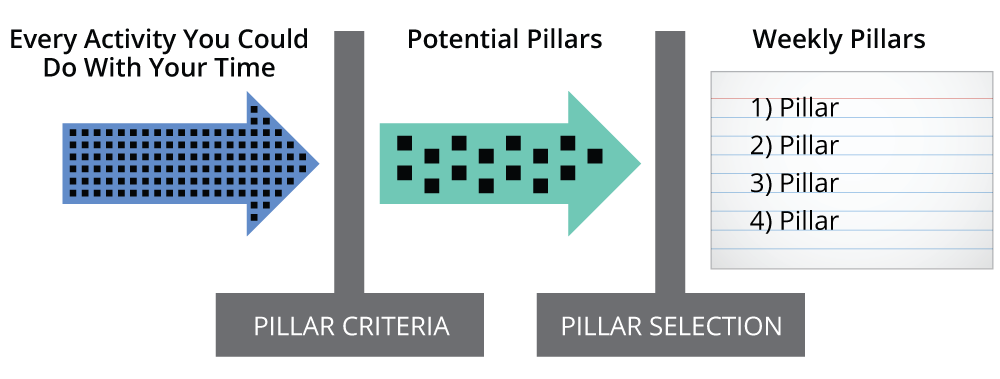
There’s a slew of potential goals and activities you could pursue in 2025. The key is concentrating on the ones that will have the most significant impact on your business.
First, The Myth Of Hard Work
We all know that hard work leads to better results, right? Why is it, then, that some of us stay busy all day without moving the needle, while others seem to make leaps and bounds without breaking a sweat? Because people in the latter group identify high-leverage activities and focus on those above everything else. But those in the former group spend most of their time “doing” and “reacting.” Whether it’s intentional or not, they prioritize activity (i.e., hard work) over results.
Sure, meeting your 2025 goals will require hard work, but hard work on the right activities, as opposed to busyness. Figuring out what those activities should be starts with asking the right questions.
Second, Goal-Setting Questions To Ask
There’s a slew of potential goals and activities you could pursue in 2025. The key is concentrating on the ones that will have the most significant impact on your business. Otherwise, you could end up doing one activity for a while, then jumping to a different one if you’re not seeing any changes. This inconsistency will prevent you from making significant progress and cause discouragement.
Instead, you need to formulate a few specific goals that can drive results. We’ll call these goals “pillars.” Pillars are weekly goals that are so concise they’ll fit on an index card. Note: This article highlights key aspects of creating pillars; for more details, check out the Pillar System content on our website.








